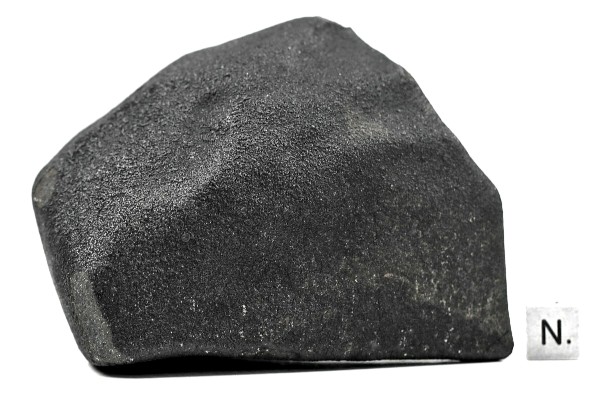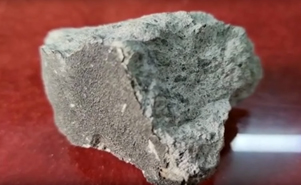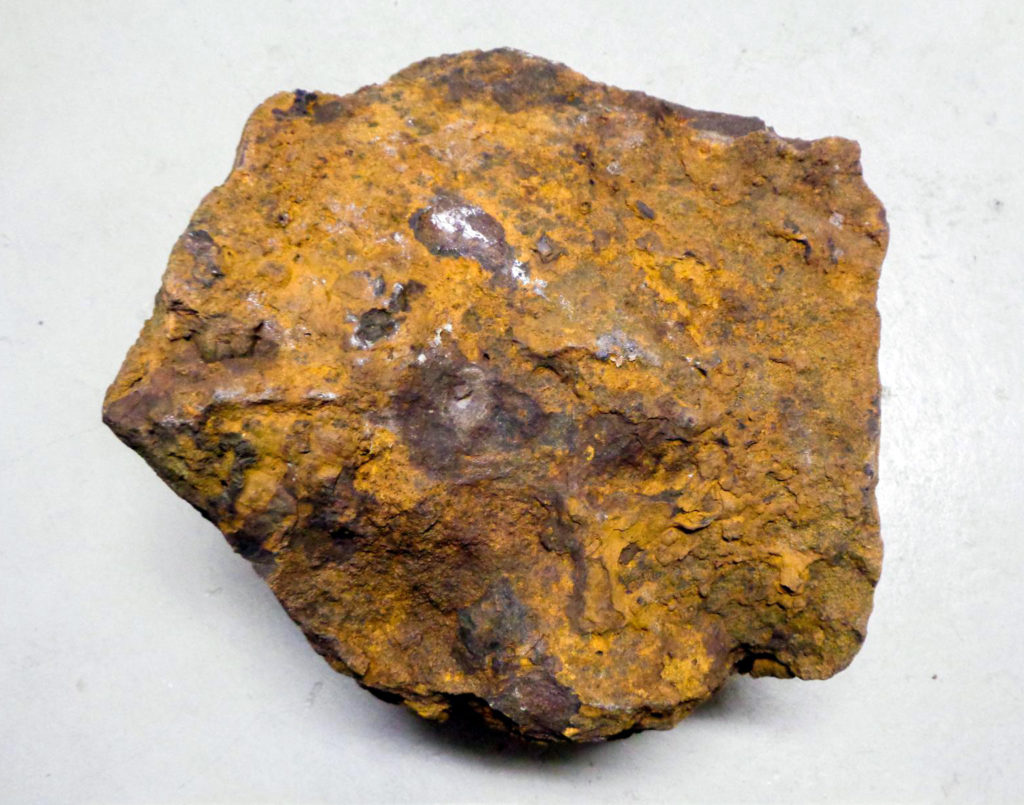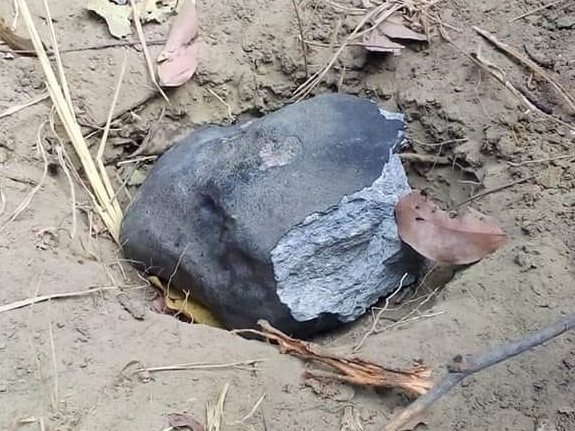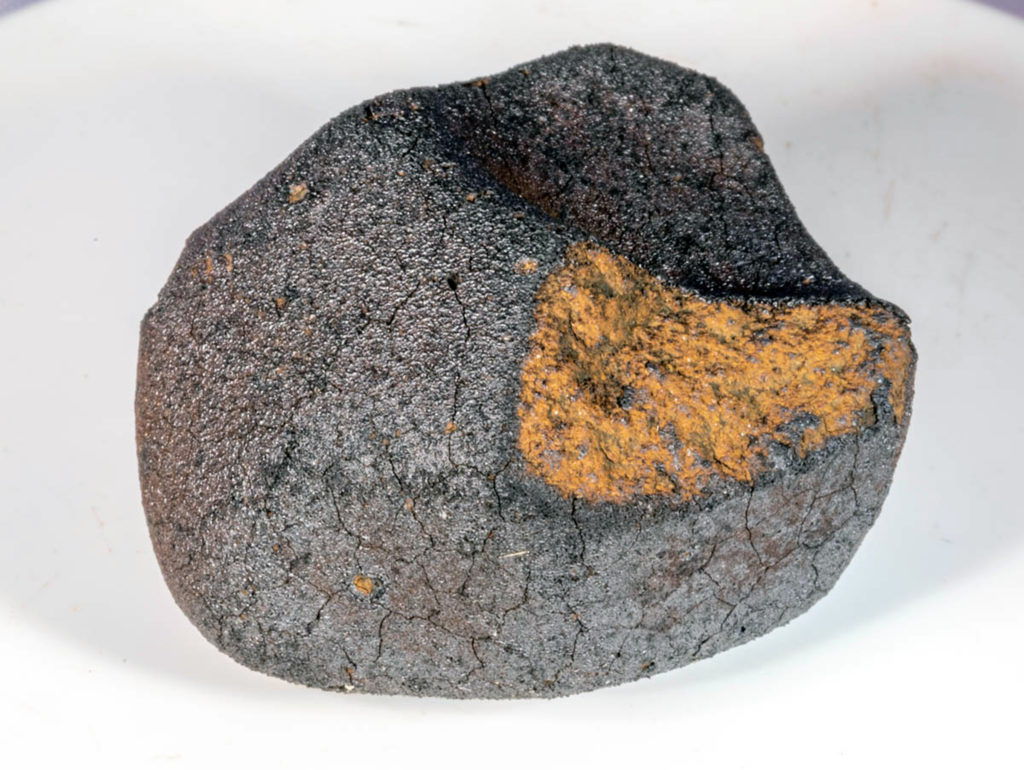Molecular evolution during hydrothermal reactions from formaldehyde and ammonia simulating aqueous alteration in meteorite parent bodies
Yoko Kebukawa, Satoru Nakashima, Hajime Mita, Yasuji Muramatsu, Kensei Kobayashi
Icarus
In Press, Journal Pre-proof, Available online 3 May 2020
“Highlights
• Using an in-situ heatable liquid cell, we followed reaction kinetics simulating aqueous alteration involving formaldehyde and ammonia under FTIR at 60-100°C.
• We also conducted batch experiments to evaluate further reaction products up to 250°C.
• Hexamethylenetetramine (HMT) was immediately formed from the starting solution contained formaldehyde, glycolaldehyde, calcium hydroxide, and ammonia at room temperature.
• Then the decrease in HMT is faster than the other reactions, indicating that the reactions involving HMT occurred at the early stage of the aqueous alteration.
• The further reactions involving CH2O addition, condensation, decarboxylation, and dehydration produce complex mixture of organic compounds as well as solid organics.”
“Simple molecules such as formaldehyde and ammonia were expected to be incorporated into small bodies with water ice in the early accretion history. These molecules would have reacted to produce various organic compounds during aqueous alteration which most of the primitive carbonaceous chondrite parent bodies have experienced. Our previous hydrothermal experiments involving formaldehyde and ammonia have already shown formations of amino acids and organic solids that resemble to macromolecular organic matter in primitive meteorites. Here we focus on the characterization in liquid phases with various analytical methods including high-resolution mass spectrometry (HRMS), X-ray absorption near edge structure (XANES), and Fourier-transform infrared spectroscopy (FTIR), in addition to kinetic analyses of the reactions using in-situ FTIR spectroscopy with a heatable liquid cell.
The HRMS results showed that soluble fractions contain various carbohydrates (CHO molecules) and these with nitrogen (CHON molecules). The mass defect plots of the reaction products suggested the reactions involving CH2O addition, CH2 addition, dehydration and decarboxylation. CC and CN bonds increased with temperature by condensation reactions. Behaviors of oxygen-bearing functional groups showed high complexity. In general, carboxyl/ester/aldehyde compounds formed at the early stage of the reactions, then some of these decomposed by decarboxylation. N-XANES indicated the presence of amide-bearing compounds that could be precursors of amino acids.
The in-situ FTIR spectra showed that formaldehyde and ammonia reacted and formed hexamethylenetetramine (HMT) before starting the heating experiments at room temperature. Kinetic analyses showed that the apparent activation energy of decreases in HMT is ~130–140 kJ mol−1. The decrease in HMT is faster than the other reactions, indicating that the reactions involving HMT occurred at the early stage of the aqueous alteration. The kinetics of the ammonia–aldehyde system suggested that the reactions involving formaldehyde, ammonia and HMT are efficient for aqueous alteration in parent bodies of CI, CM, and CR chondrites.”



